Data observability has evolved dramatically in the past years.
What started as simple pipeline monitoring has transformed into business-critical infrastructure that bridges technical teams and strategic decision-makers.
As organizations increasingly rely on data to drive AI initiatives and business outcomes, choosing the right observability platform can make or break your data strategy.
Modern data teams face a fundamental choice: Do you need point solutions for specific technical problems, or a metadata control plane that holistically connects technical operations with business context?
This distinction is reshaping how organizations evaluate data observability platforms in 2025 and choosing the perfect solution is imperative.
We’ll leave with 5 Sifflet alternatives to help you decide what’s best for your team.
What Is Sifflet?
Sifflet is an AI-powered data observability platform that helps organizations monitor, trace, and resolve data issues across modern data stacks, before they impact the business.
It’s built on the belief that data reliability isn’t just a technical concern, but a business imperative. Acting as a metadata control plane, Sifflet brings together AI-native automation, business context, and cross-functional accessibility.
The platform is designed for enterprise data teams, Chief Data Officers, data engineers, and business stakeholders who need to scale trust in their data with clarity, context, and control.
Some Sifflet Features…
Sifflet offers a unified data catalog that brings all your assets into one place, enriched automatically with metadata for better discovery and governance.
Its data monitoring capabilities include dynamic monitors, AI-powered incident detection, and smart alerting to reduce noise and catch issues before they cascade.
The platform provides complete data lineage across pipelines, transformations, and BI layers, giving teams the visibility they need to trace root causes and assess impact.
Sifflet integrates out of the box with Snowflake, BigQuery, dbt, Looker, Power BI, and more, so teams can get up and running quickly without custom engineering.
Should You Choose Sifflet?
Yes, if you want observability that goes beyond monitoring.
Best for organizations that need:
- End-to-end data trust across pipelines, transformations, and BI
- AI-powered alerting with context-aware triage
- A platform that bridges data engineering and business users
- Metadata control plane capabilities that connect technical and business context
You might consider alternatives if:
- Your use case is narrowly focused on anomaly detection or infrastructure monitoring
- You don't need data to be trusted or understood beyond the data team
- You prefer point solutions over integrated platforms
5 Best Alternatives to Sifflet
If you're exploring Sifflet, you're likely also considering a few other players in the data observability space. Here's how the top alternatives stack up and more importantly, how to choose the right fit for your team.
Keep in mind: not every organization needs a full-stack platform. Some tools shine in specific use cases or are better suited to certain team structures.
1. Monte Carlo
Best for: Engineering-led teams prioritizing pipeline uptime.
Monte Carlo is pioneer in the data observability space with a strong focus on preventing data downtime through ML-based monitoring.
Who is it for?
Data engineering and platform teams who prioritize technical uptime and robust alerts.
How to choose
If your team is heavily engineering-led and doesn't need a business-facing layer, Monte Carlo may suffice.
However, as organizations mature their data practices, the lack of business context and cataloging capabilities can become limiting factors.
Consider Monte Carlo if you're primarily solving for technical monitoring without broader stakeholder engagement needs.
2. Acceldata
Best for: Enterprise-scale teams with infrastructure observability needs
Acceldata is a data observability tool with strong infrastructure and operational monitoring capabilities.
Who is it for?
Enterprises with hybrid cloud or complex Spark environments looking to monitor infrastructure and pipeline health.
How to choose
Consider Acceldata if infrastructure metrics are your top priority and you have dedicated platform engineering resources.
The complexity of setup and maintenance may require more technical overhead compared to business-aware alternatives.
3. Anomalo
Best for: ML teams that want to detect data issues with minimal setup.
Anomalo is a tool focused on anomaly detection using ML, with an emphasis on fast setup and minimal config.
Who is it for?
Teams who want lightweight anomaly detection without a broader observability layer.
How to choose
If you need fast insights into data drift or schema changes but not full lineage or triage capabilities, Anomalo may work.
However, for organizations requiring comprehensive incident management and business impact assessment, the limited feature set may become constraining.
4. Bigeye
Best for: SQL-savvy teams who want customizable monitors.
Bigeye is a monitoring-first platform known for customizable metrics and SQL-powered alerting.
Who is it for?
Data teams that prefer hands-on, code-first monitoring setups.
How to choose
Great for SQL-native teams, but may lack broader features like business context or incident workflows. Choose Bigeye if your team values granular control over monitoring logic and doesn't require extensive collaboration features.
5. Soda
Best for: Teams focused on data testing and governance.
Soda is a data quality tool with an emphasis on data testing, contracts, and governance.
Who is it for?
Organizations with strict compliance requirements or testing-focused data teams.
How to choose
Choose Soda if your team needs a compliance-first lens on data quality and contracts.
For organizations requiring broader business engagement and AI-driven efficiency, consider platforms with more comprehensive observability capabilities.
How to Choose a Data Observability Tool
The decision often comes down to organizational maturity and strategic priorities.
Consider these real-world scenarios:
- Financial services scenario
A multinational bank needs to monitor risk models across different regulatory environments.
The combination of strict compliance requirements, complex infrastructure, and business-critical decision-making suggests a need for comprehensive business context and AI-driven efficiency, favoring platforms like Sifflet over point solutions.
- Media & broadcasting scenario
BBC Studios transformed their data governance by moving from a centralized to self-serve approach.
As BBC Studios noted, their complex structure "including production, finance, HR, and multiple brands like Top Gear and Blue, posed challenges for data governance."
They needed a platform that could "empower business teams and lines" while providing "visibility of our DBT transformations combined with full end-to-end data lineage in one central place."
- Global retail scenario
Carrefour Links operates across 40+ countries, commercializing data products for major brands like Mondelez and Unilever.
Their challenge was "balancing engineering capacity dedicated to developing data quality checks and creating new product features."
The result: "800+ data assets covered across 8+ countries" with "80% time savings in setting up automated tests."
The Metadata Control Plane Advantage
What sets modern data observability apart is the concept of a metadata control plane: a unified layer that harnesses metadata to connect technical operations with business context.
This approach enables:
Contextual intelligence: Rather than just detecting anomalies, understanding business impact and stakeholder implications.
Cross-functional collaboration: Bridging the gap between data engineers focused on technical reliability and business users focused on decision-making.
AI-native automation: Leveraging metadata patterns to reduce alert fatigue and accelerate incident resolution.
Organizations implementing this approach report significant efficiency gains.
As one customer shared:
"Using Sifflet has helped us move much more quickly because we no longer experience the pain of constantly going back and fixing issues two, three, or four times."
Choosing the Right Data Observability Platform in 2025
The data observability market has matured beyond simple monitoring.
Leading organizations are adopting platforms that serve as metadata control planes by connecting technical reliability with business outcomes through AI-native automation and comprehensive context.
Sifflet represents this evolution toward business-aware, end-to-end observability.
But depending on your team's maturity, structure, and priorities, one of the alternatives above may be a better tactical fit for specific use cases or organizational constraints.
The key is understanding whether you need point solutions for immediate technical problems, or a comprehensive platform that scales with your organization's data maturity journey.
👉 Ready to see how Sifflet compares in your stack?



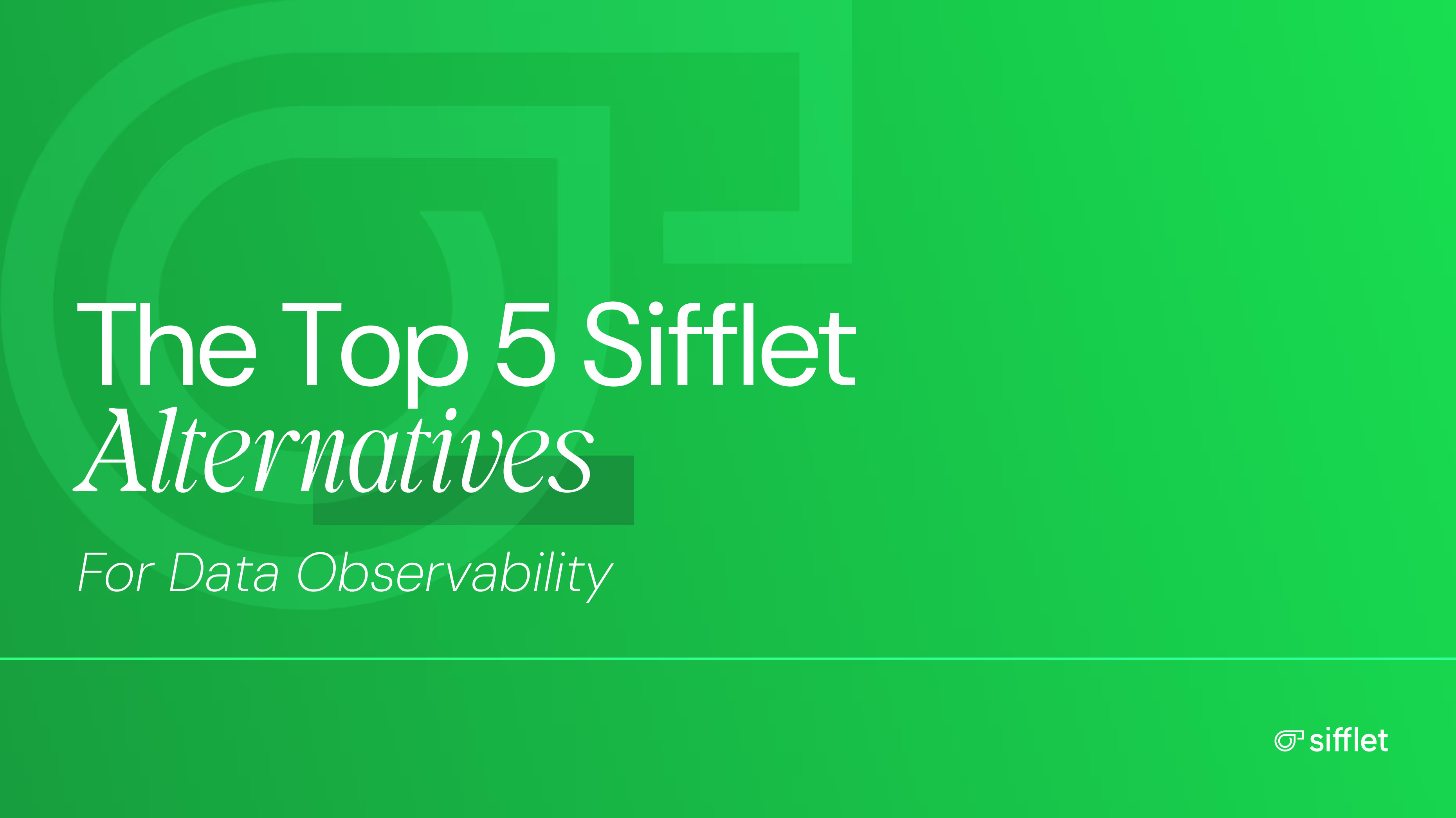
.avif)
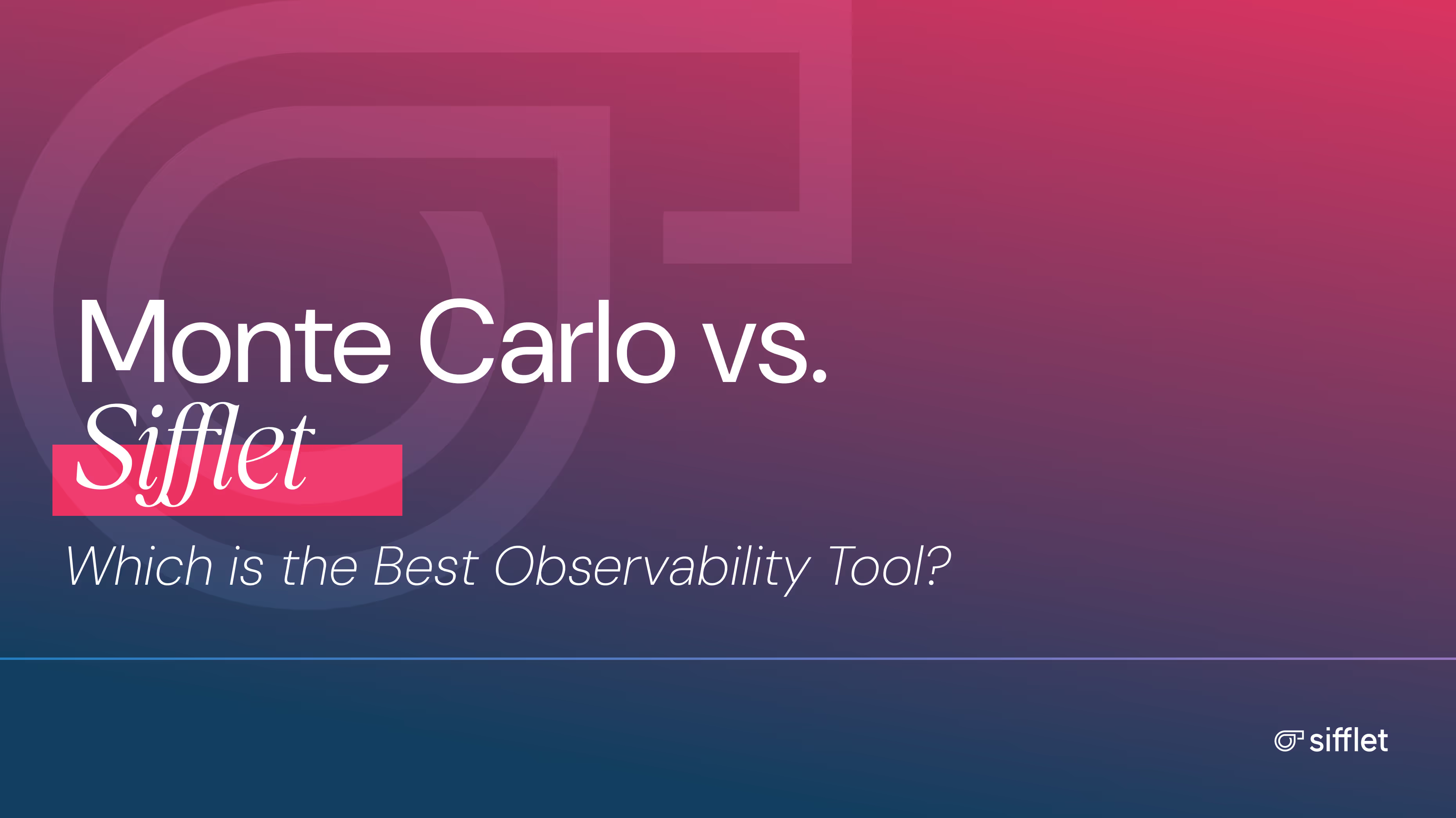
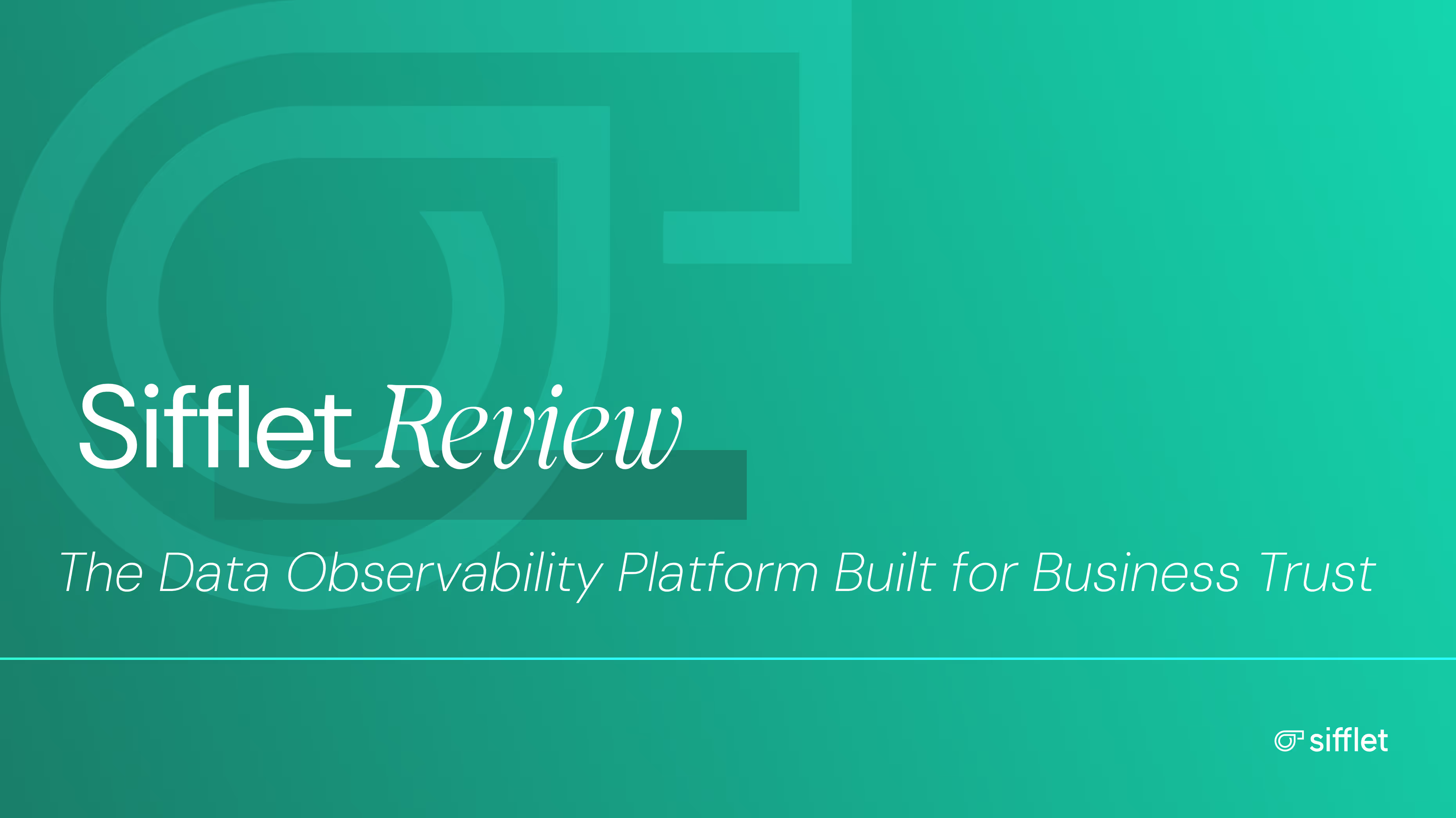

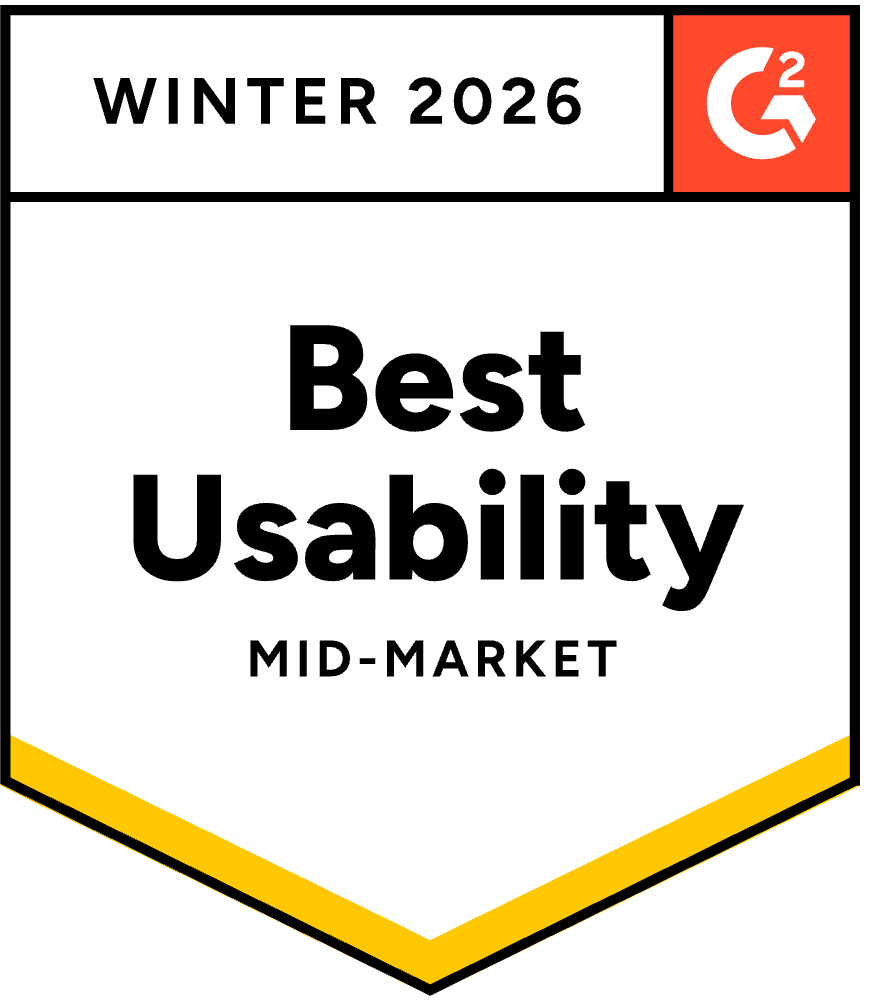


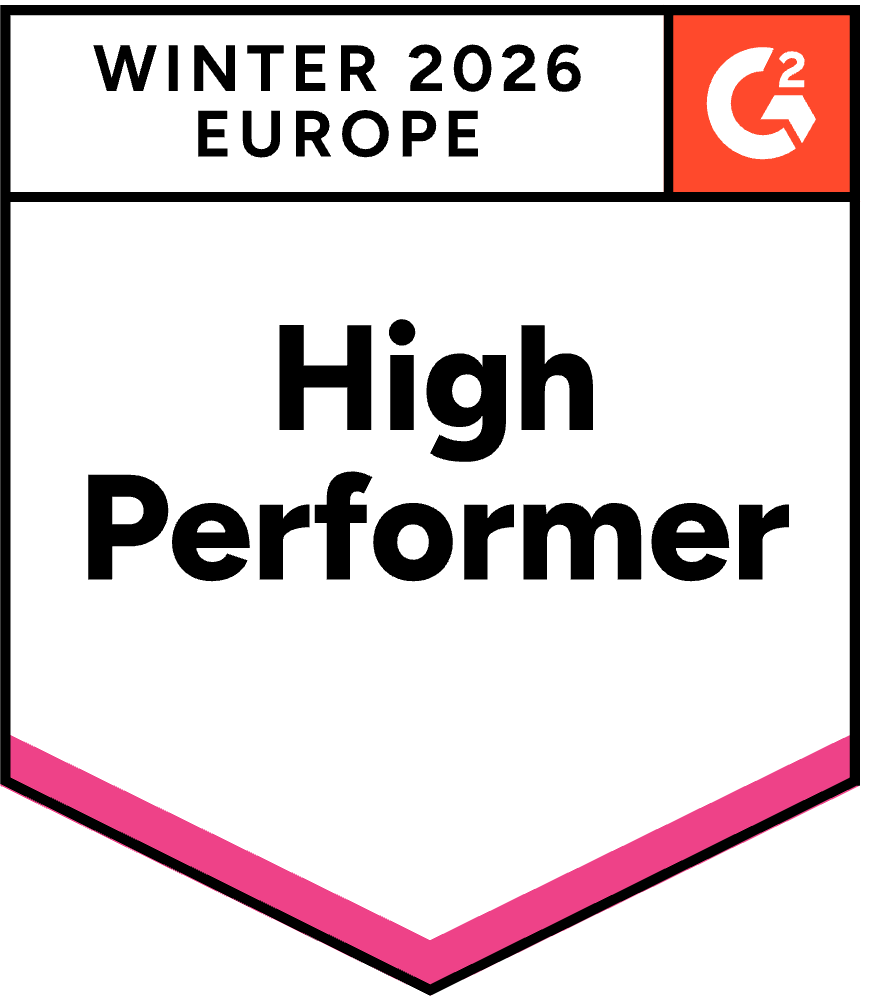

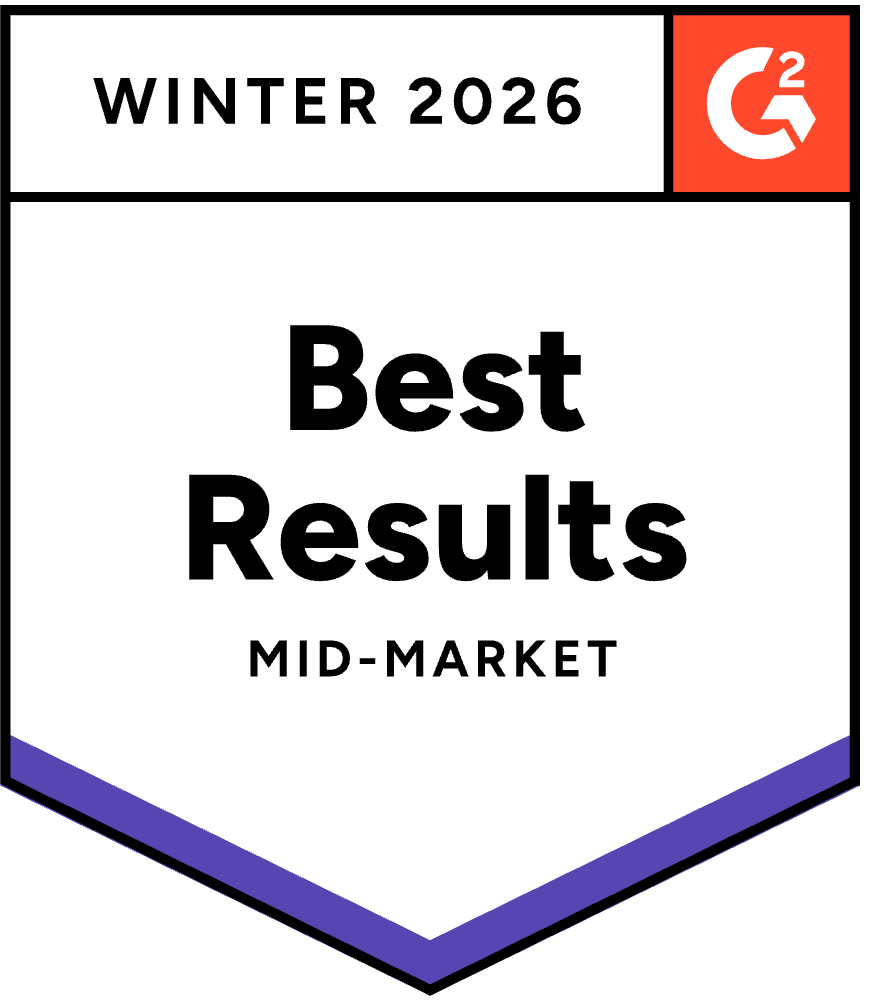
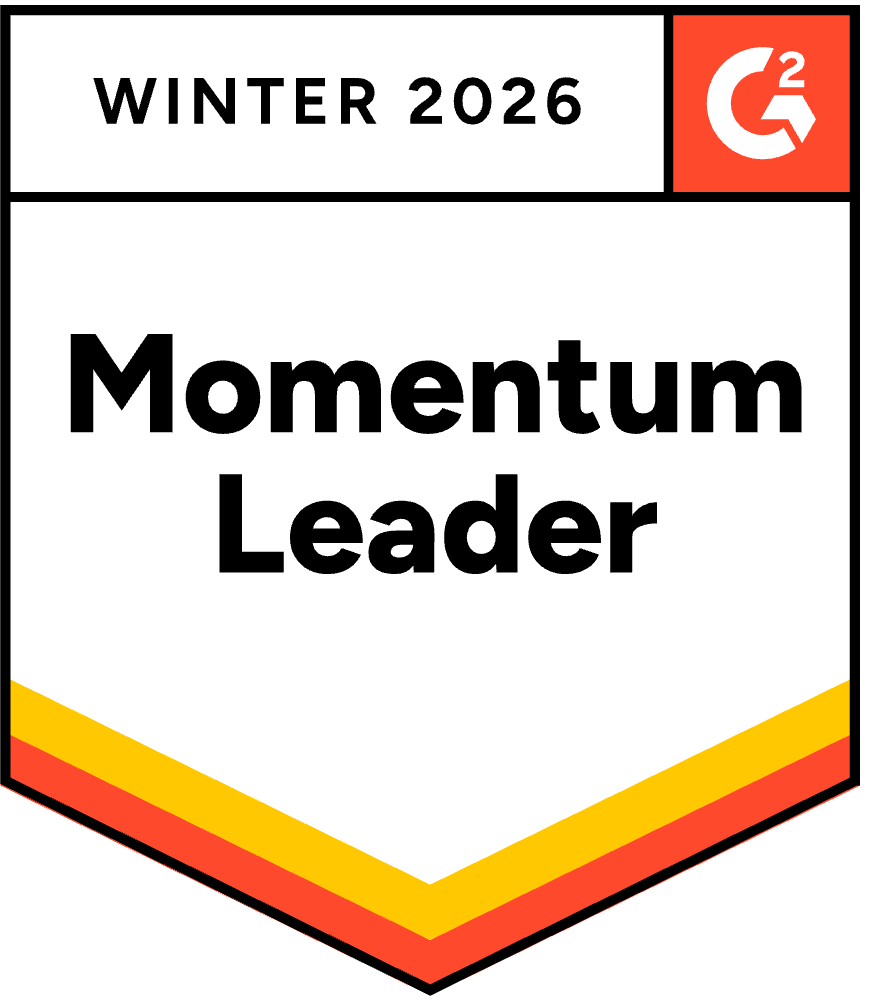




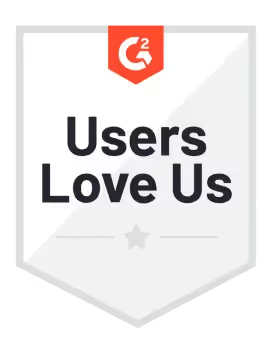
-p-500.png)
